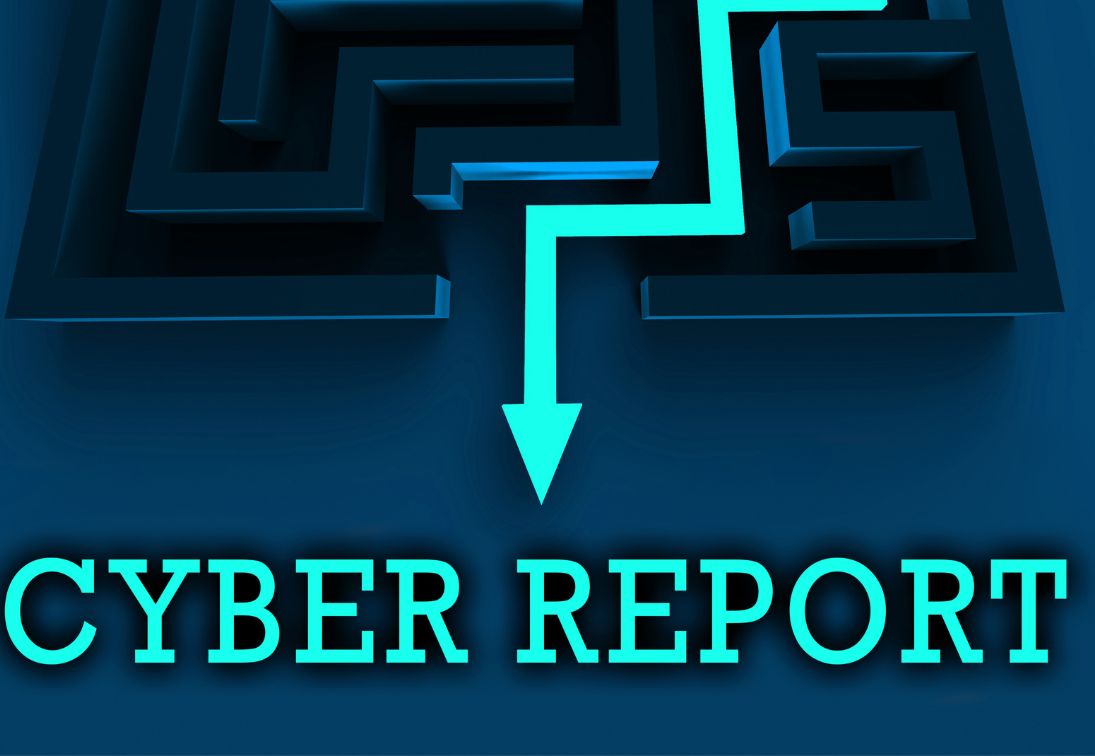What is it RTO & RPO
- RTO (Recovery Time Objective) The maximum time a business can afford to be inactive. Do you know how long that is for you?
- RPO (Recovery Point Objective) How much data are you allowed to lose? Two hours? A day? A week?
The purpose of these definitions is to translate the world of-IT And the backups in business language: how long can the business survive without systems, and how much information are you willing to lose without compromising continuity?.
Restoration Drills, Documentation, Backups & Procedures
- Do you have backups? Great. But when was the last time you checked that they actually open?
- Do you have procedure for disaster recovery? Do employees know what to do?
- Is there up-to-date documentation of critical components, network map, users, and system passwords?
In other words: readiness is not a program, but a process. And it is only tested at the moment of truth.
Coordination with External Vendors
- Do your suppliers know their role in an emergency?
- Do you have an integrated response procedure with your IT company, cloud provider, or communications company?
- Does your agreement define an SLA for returning to normal?
Without prior coordination, vendors can become a bottleneck in a crisis.
Access to Critical Documentation During Emergencies
- Do you have remote access to documentation even if the servers are compromised?
- Is there a physical copy or cloud backup of phone book, passwords, contracts?
- Does management know where the emergency folder is located?
Self-Assessment Checklist (Recommended as a downloadable resource)
- Has a full recovery check been performed in the last 12 months?
- Is there an up-to-date BCP plan with scenarios?
- Is a person appointed responsible for business continuity?
- Has an agreement been signed with suppliers that includes recovery times?
- Was a simulation exercise conducted in the last year?
Summary: RTO & RPO
Business security is not measured only by the ability to prevent failures – but by the ability Recover from them quickly. Every organization – small or large – needs a plan. BCP and-DRP Current, practiced, documented and implemented. Those who wait until the last minute find out that it is already too late..
Introduction
With the overwhelming number of cybersecurity tools, service providers, and buzzwords — how can you identify the individual or company that truly delivers value and keeps your business protected? This guide was written for decision-makers who want to ask the right questions before choosing a cybersecurity consultant.
Critical questions:
- Does the consultant specialize in your sector (industry, education, SMB)?
- Does it provide an initial security report with clear recommendations?
- Does the service include support or just one-time consultation?
- Is he also knowledgeable about the regulation (GDPR, Amendment 13)?
What else is important to check?
- Proven experience — not just certifications
- Business-oriented mindset — not just tech jargon
- Emergency availability
- Ability to communicate clearly with executive leadership
Common Mistake: Choosing Based on Price Alone
Just as you wouldn’t choose a lawyer based solely on hourly rates, don’t choose an information security consultant based solely on price. You need a partner, not a technician..
Final Word
The right consultant is the one who understands your business, leads a clear process, and keeps you in control. Don't compromise.












